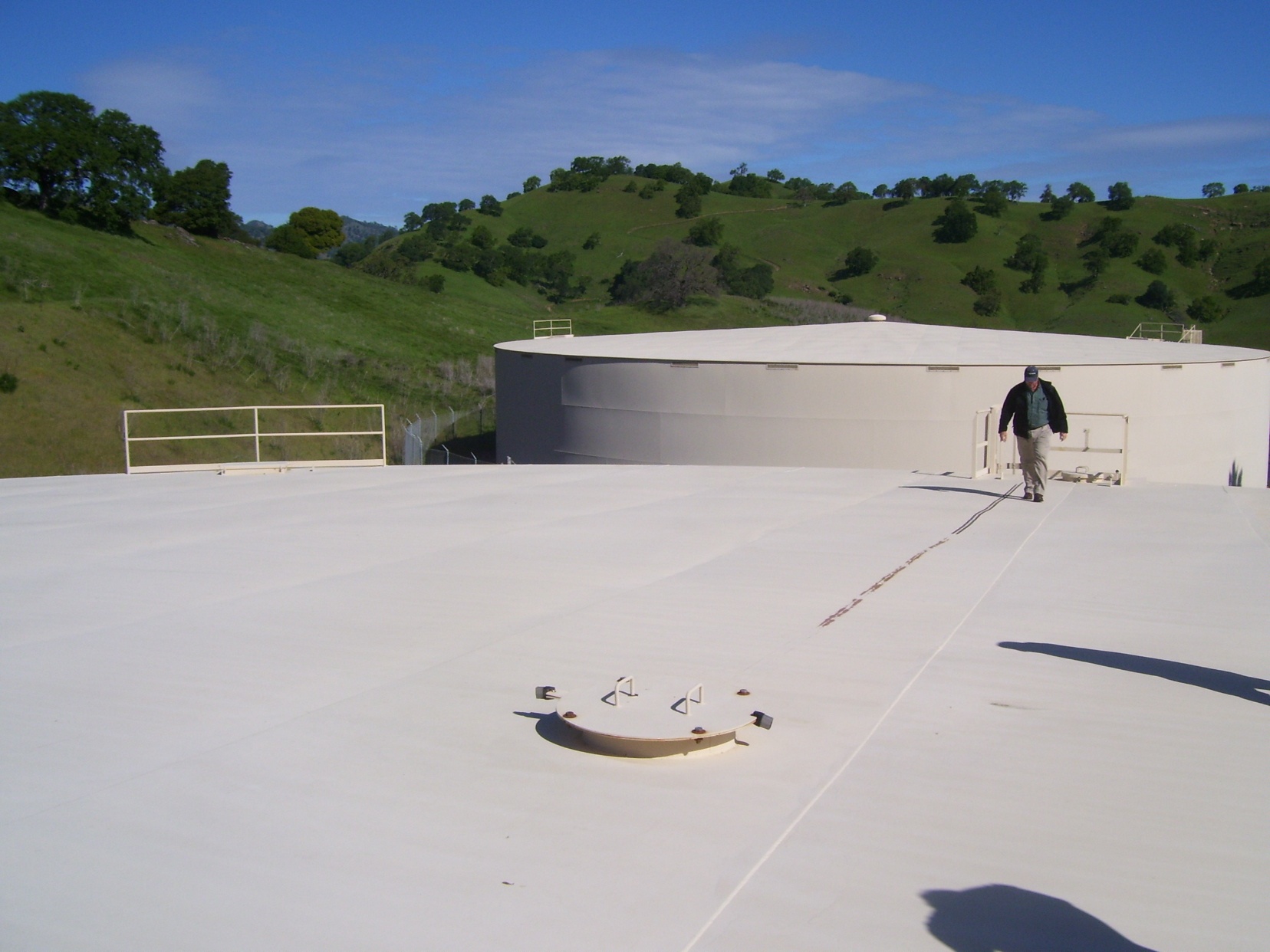Mixing drinking water storage tanks is well recognized as an important tool for improving water quality and protecting tank assets. There are many mixing technologies for operators to choose from, with varying degrees of performance, but to solve serious water quality problems, powerful mixing is key.
Powerful active mixing eliminates thermal stratification and ensures uniform conditions throughout the tank. This has been shown to lower overall disinfectant residual demand, reduce the risk of nitrification and enable safe, reliable boosting of residual disinfectant. Additionally, powerful mixing can protect and preserve tank assets by preventing the ice formation (which can scrape tank coatings or puncture tanks), and lowering summertime headspace temperatures (which reduces corrosion rates).


